Our Story
Our story begins with an observation. Planetary Society founders Carl Sagan, Bruce Murray, and Louis Friedman saw that people of all walks of life are fascinated by the cosmos—yet space exploration budgets waned. This disconnect sparked the idea for a movement that would unite and represent people from around the world in support of space science and exploration. This is how The Planetary Society came to be.
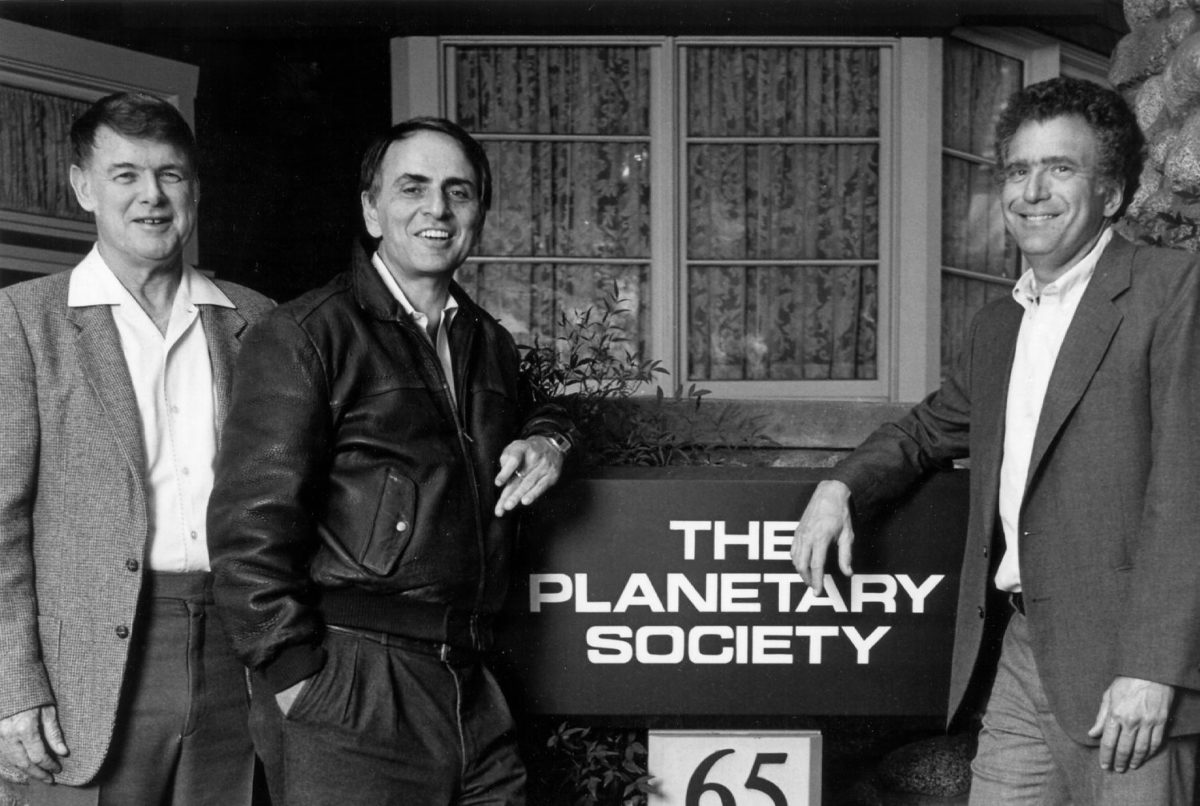
For over 4 decades, our members have made strides in advancing planetary exploration, planetary defense, and the search for life beyond Earth. We have delivered tens of thousands of petitions to the United States Congress. We have funded groundbreaking technological advancements in solar sailing. We have united researchers from around the world to work together on asteroid defense. Today we are the world’s largest and most influential independent space-interest organization.
“By harnessing our collective passion, we can change the course of history.”
- Bill Nye, CEO of The Planetary Society
Here are some of the most remarkable achievements fueled by our members and supporters over 40 years.
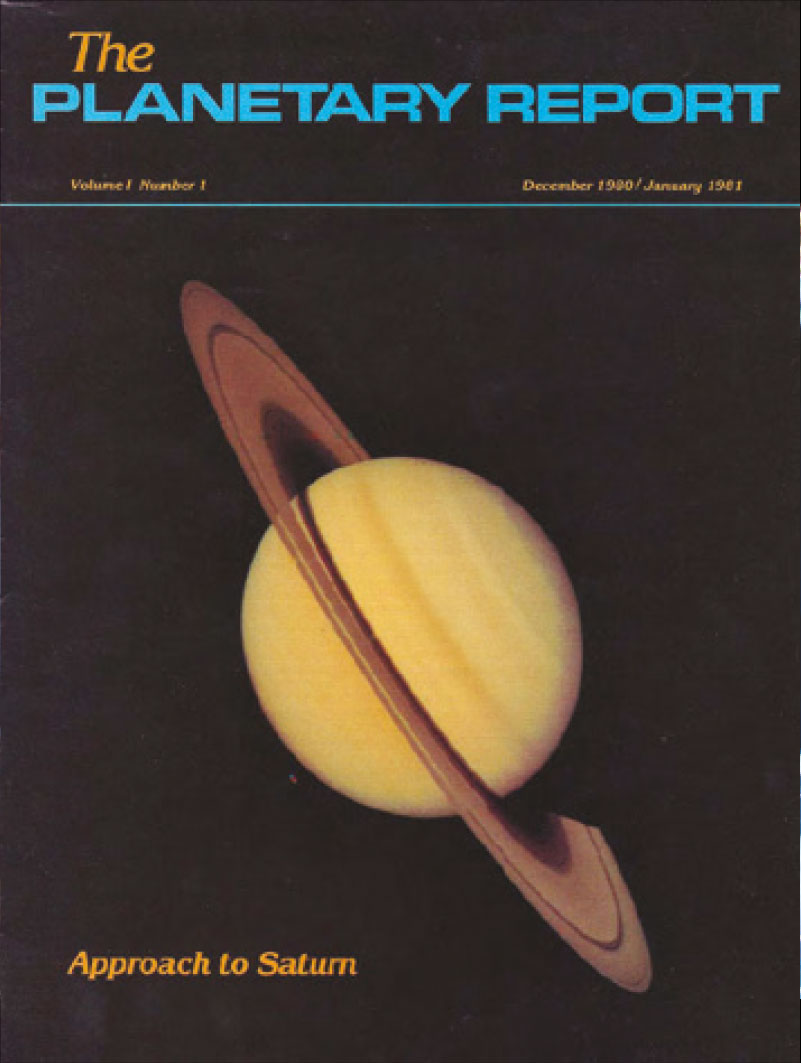
1980
Planetary Society members begin funding SETI and exoplanet research.
First issue of The Planetary Report magazine is published in December 1980. All issues of The Planetary Report can be found on planetary.org.
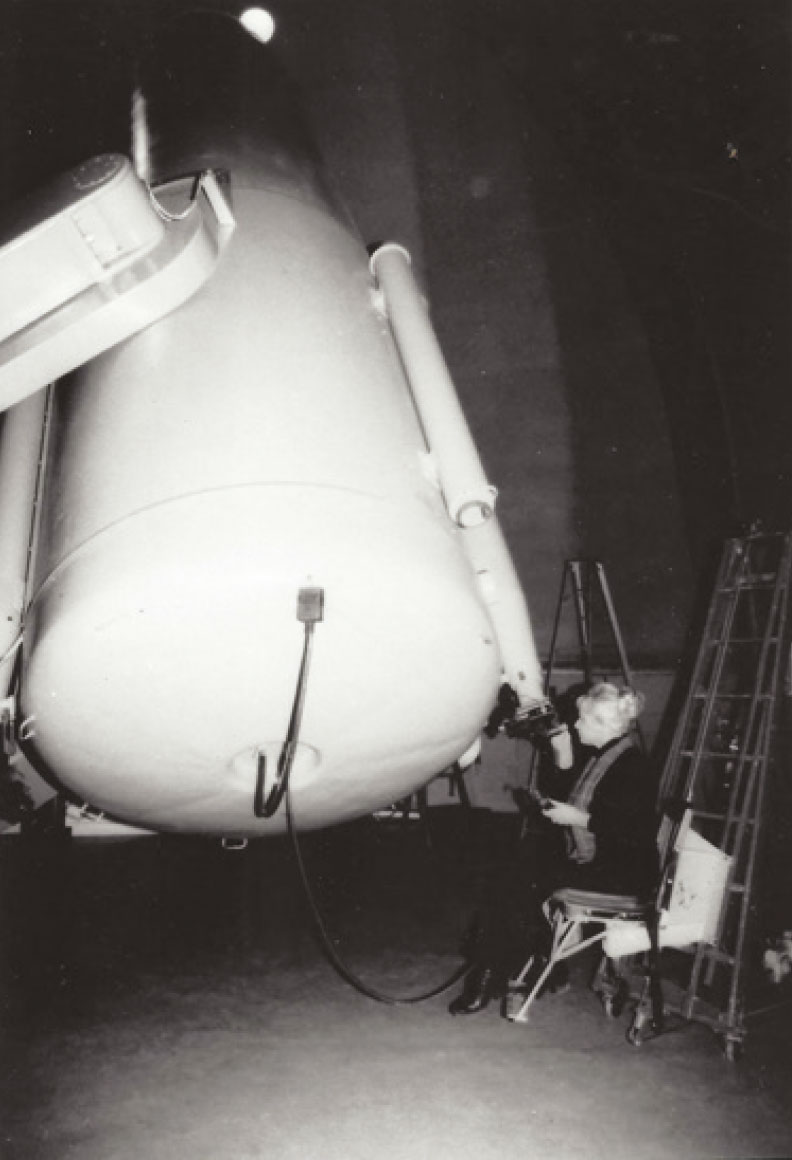
1982
Members begin funding Eleanor “Glo” Helin’s Near-Earth Object observation, and continue to support her work for more than a decade.

1984
The Planetary Society begins advocacy for international cooperation in planetary exploration by organizing US/USSR meeting in Graz, Austria.
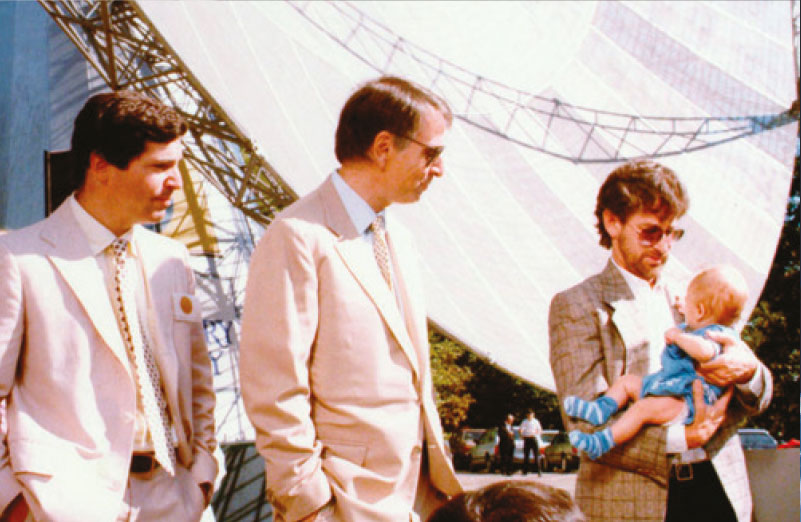
1985
Paul Horowitz, Carl Sagan, and Steven Spielberg along with his son, Max, activate project META, a Society-sponsored, radio signal-based search for extraterrestrial intelligence, at Harvard’s Oak Ridge Observatory.
1987
Planetary Society members enable Spacebridge, a televised event bringing together American and Soviet space scientists via satellite to explore cooperative human and robotic exploration of space.
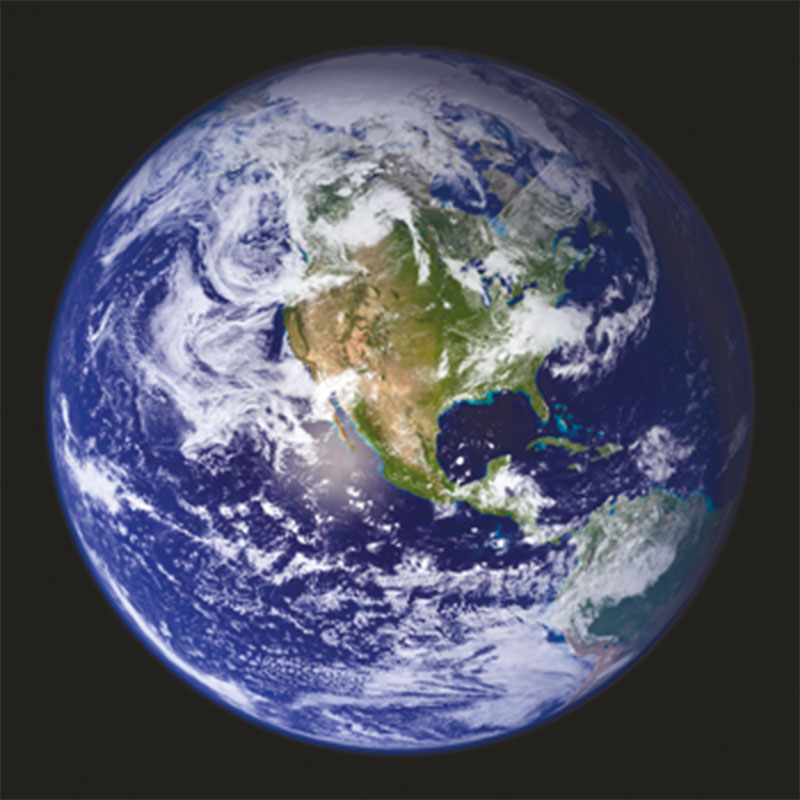
1989
Society membership reaches all-time high of 125,000 members in over 80 nations, including 10,000 in Canada, 1,500 in Australia, and 500 in the UK.
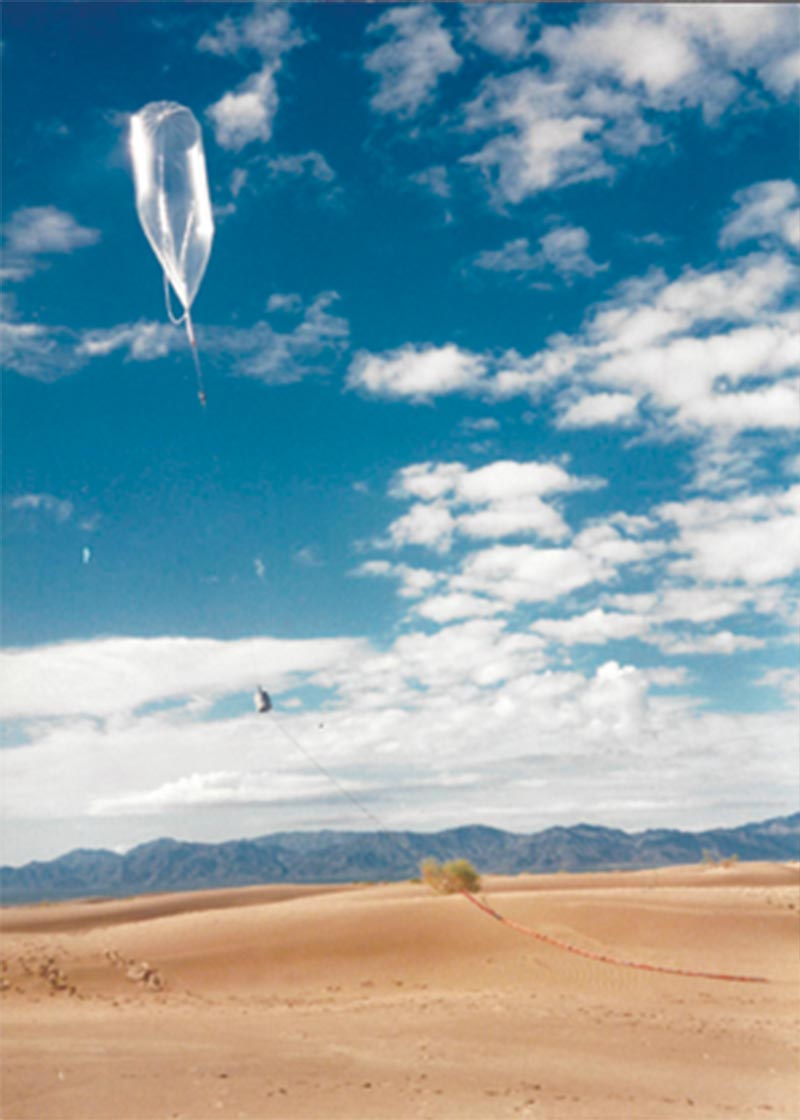
1990
Planetary Society members support desert testing of the Mars Balloon, slated to fly on the Soviet Mars ‘96 mission. Although the mission was canceled, the Mars Balloon effort led to the Society’s role in helping to develop rover technology
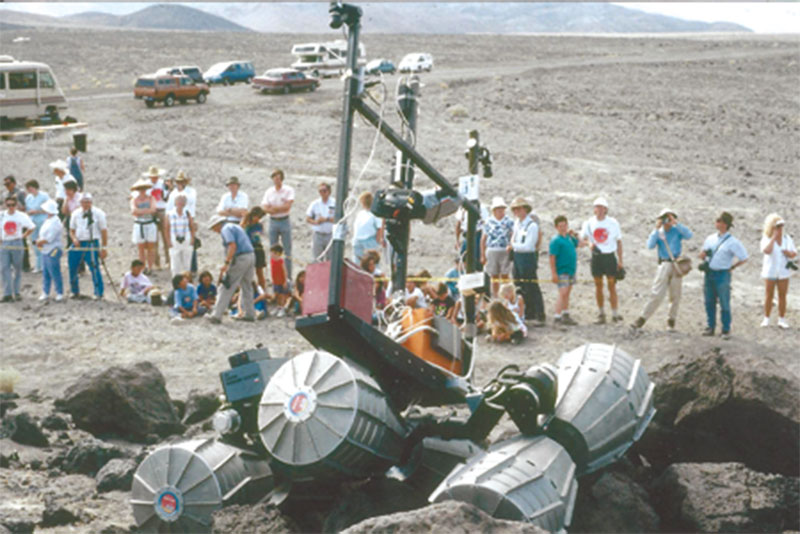
1992
Society sponsors Mars rover tests in California’s Death Valley.
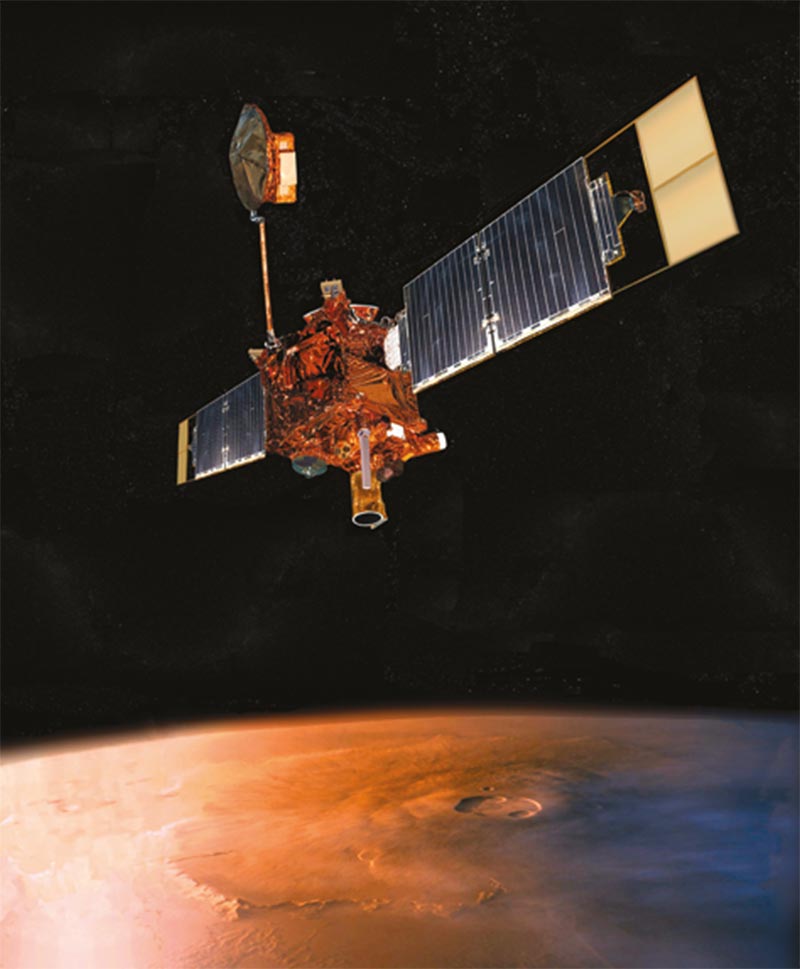
1993
NASA’s Mars exploration effort accelerates with selection of the Mars Pathfinder mission.
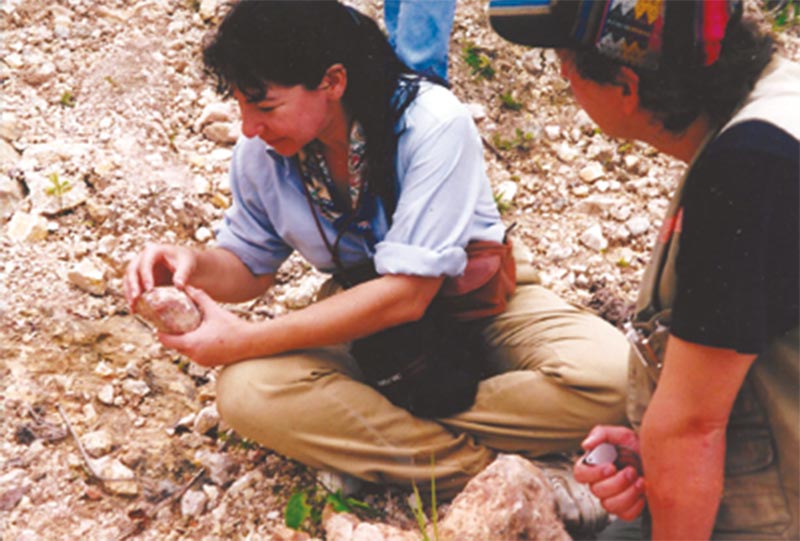
1995
Planetary Society leads first member expedition to Belize to search for evidence of the Chixculub impact that led to the end of the Cretaceous period.
First confirmation of an exoplanet orbiting a Sun-like star. The Society’s long-term support for exoplanet research advanced the field to the point where we can detect and confirm exoplanets. To date, thousands of exoplanets have been confirmed.
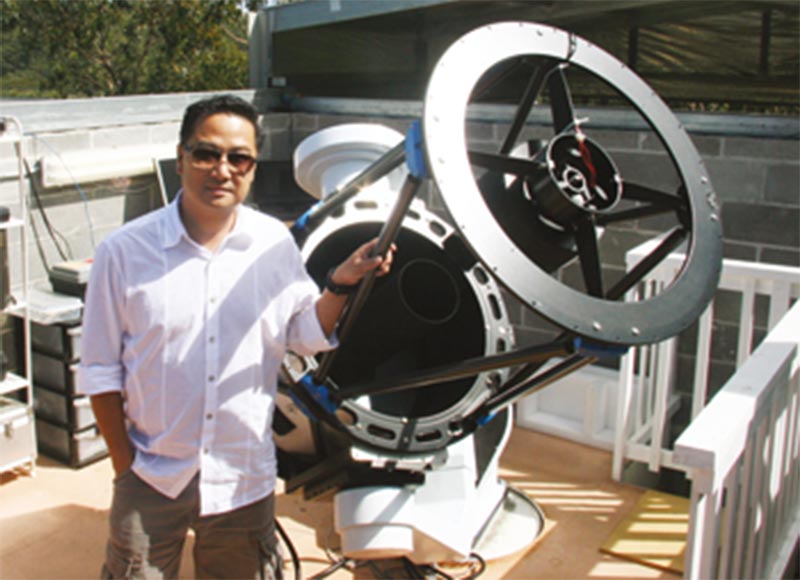
1997
First Mars rover, Sojourner (named through a Planetary Society contest), lands safely on Mars. On board Mars Pathfinder is a “microdot” with the names of 100,000 Planetary Society members.
Shoemaker NEO Grants debut to fund astronomers seeking asteroids that threaten Earth. To date, Society members have funded 56 grants over 20 years totaling $382,000.
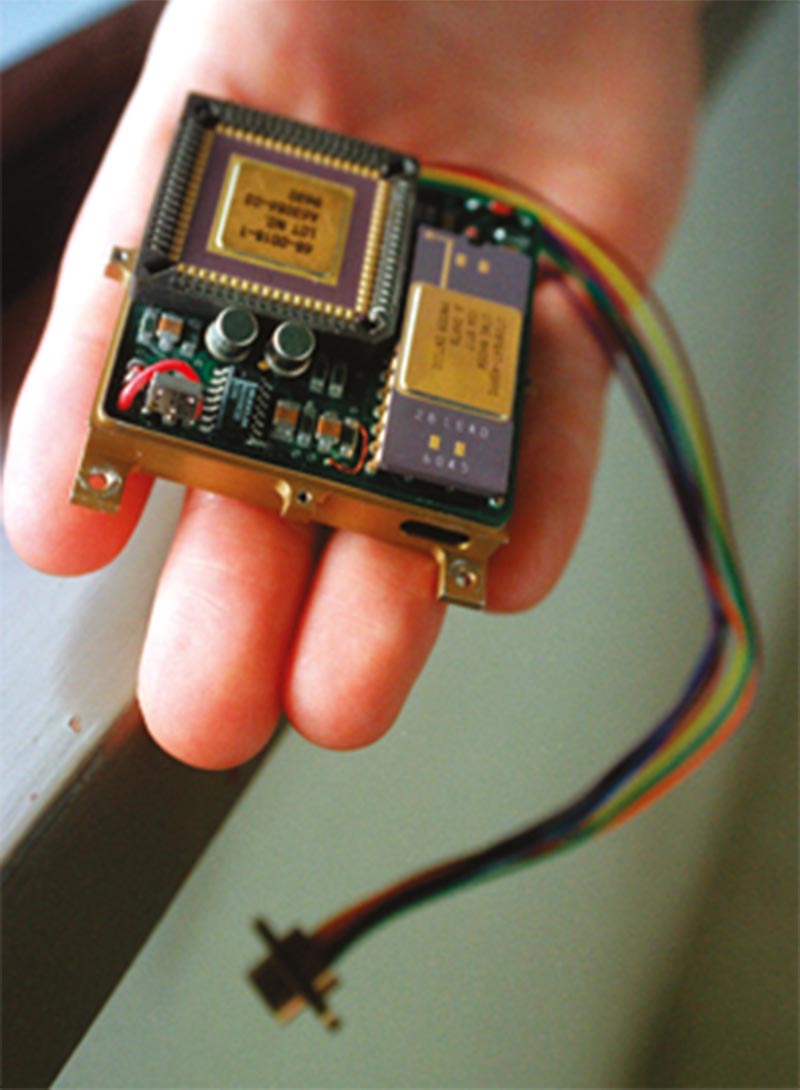
1999
The Mars Microphone, funded entirely by Planetary Society members, launches to Mars aboard the Mars Polar Lander, but the lander does not survive landing.
Seed funding begins for SETI@home, the most successful public participation project in history! Millions of people worldwide have contributed their computer time to the search for a signal from intelligent beings in the depths of space.
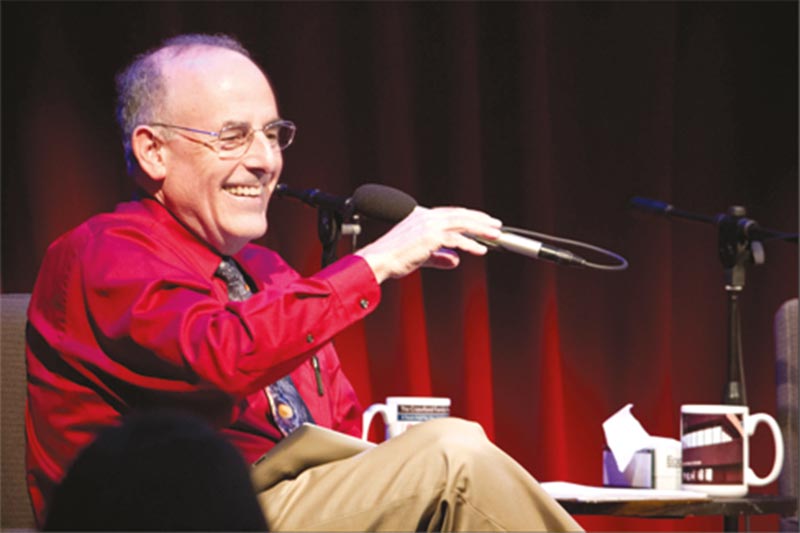
2002
Planetary Radio, the Society’s weekly radio show hosted by Mat Kaplan, premieres. The show’s 17 years of archives are on planetary.org
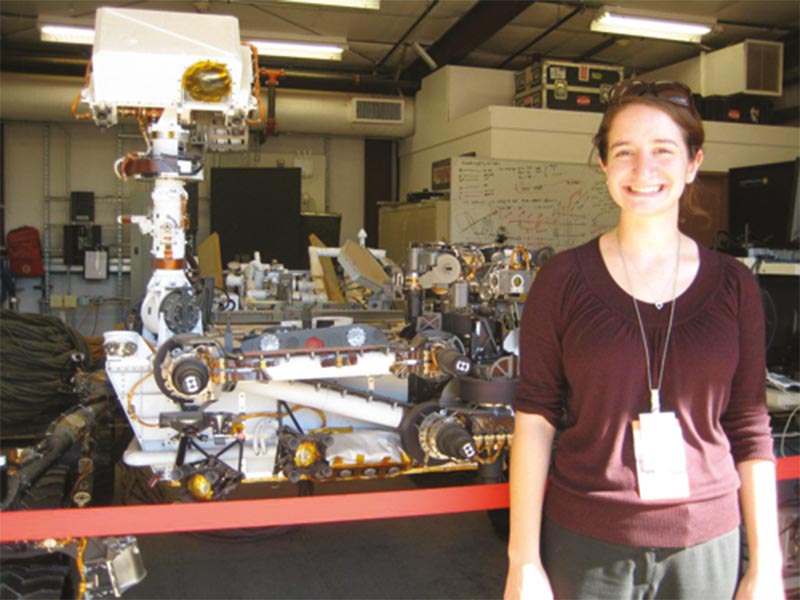
2004
Mars Exploration Rovers Spirit and Opportunity—named through a Planetary Society contest—land on Mars. Sixteen students from our Red Rover Goes to Mars program go to the Jet Propulsion Laboratory and work in mission operations. One of these students grew up and became Deputy Project Scientist for the rovers.
Cassini arrives at Saturn; a sweet victory after two decades of Planetary Society advocacy. The Cassini orbiter carried a mini-DVD containing handwritten signatures of Planetary Society members and supporters.
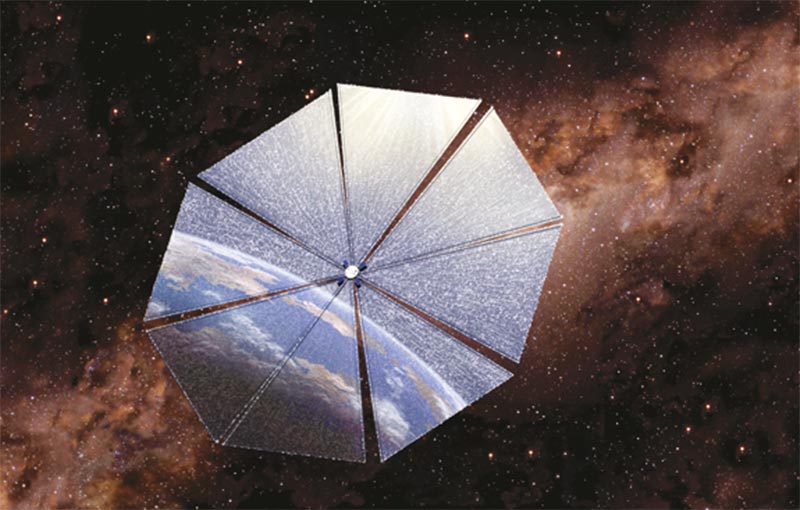
2005
The Planetary Society’s Cosmos 1, the world’s first solar sail mission, launches from a Russian Volna rocket. The spacecraft never made it to orbit due to a rocket failure.
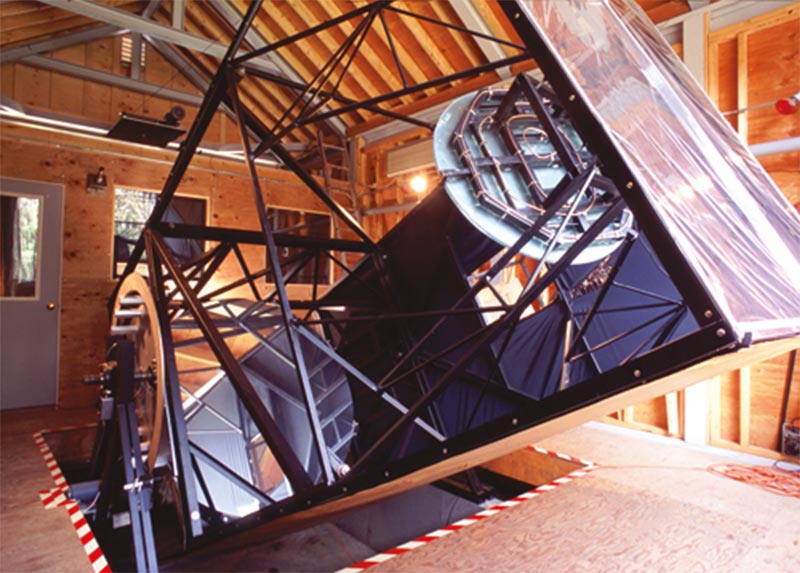
2006
The Planetary Society begins sponsoring the first dedicated Optical SETI Telescope in partnership with Harvard University.
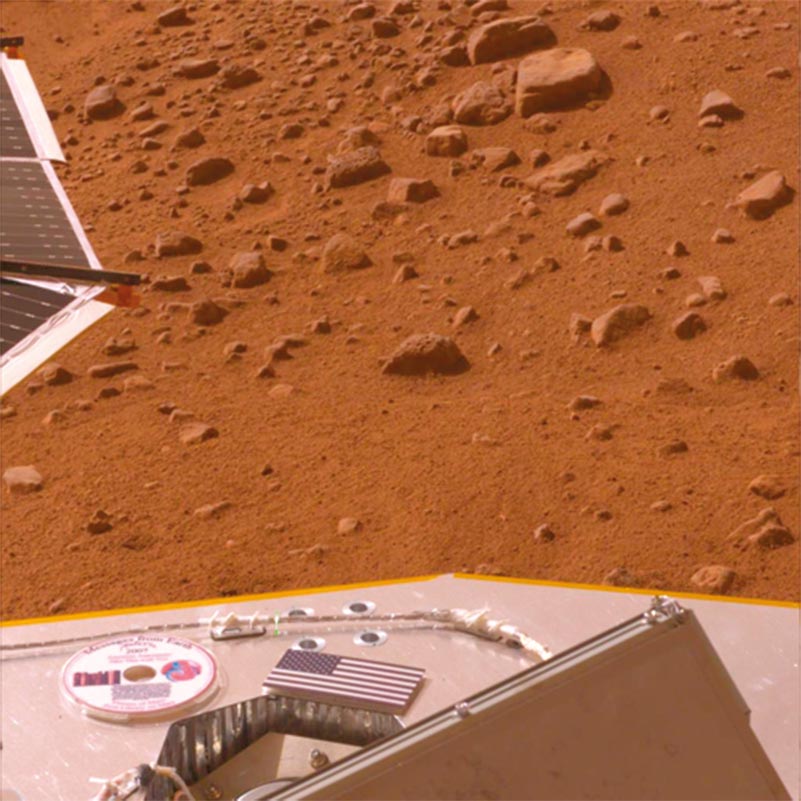
2007
The Phoenix spacecraft lands on Mars with TPS’s archival disc containing names of Planetary Society members and Visions of Mars, the first “library” on Mars, including notable fiction and nonfiction books, artwork, and essays about Mars.
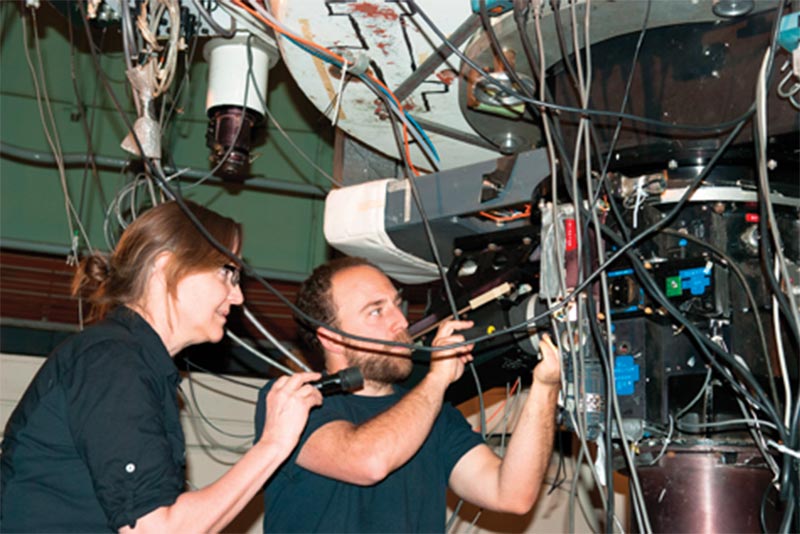
2009
The Society co-sponsored the first Planetary Defense Conference in Granada, Spain. To date, we have co-sponsored conferences in Bucharest, Romania; Flagstaff, Arizona; Frascati, Italy; Tokyo, Japan; and Washington, D.C.
Funding begins for FINDS Exo-Earths with Debra Fischer. Planetary Society members helped exoplanet hunters improve the way we search for other worlds.
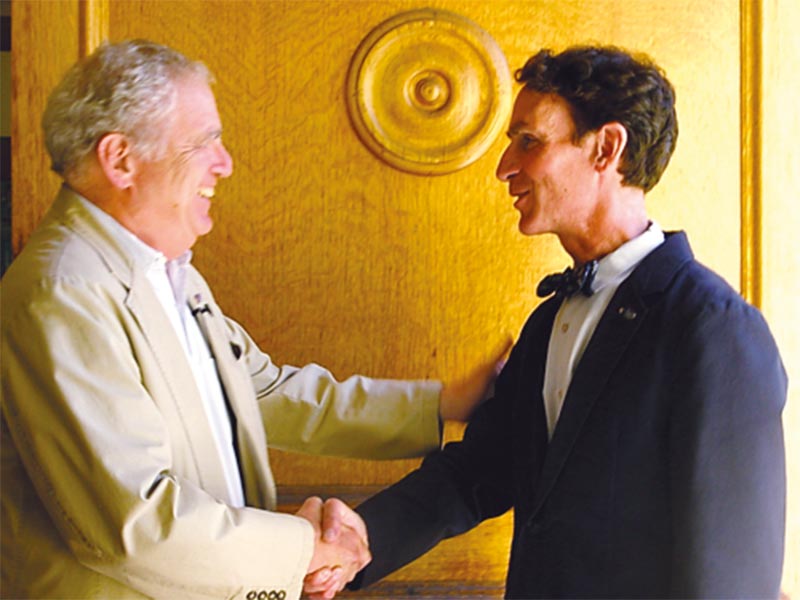
2010
Society members begin funding an asteroid deflection method named Mirror Bees, later to be known as Laser Bees.
Louis D. Friedman retires as Executive Director and Bill Nye takes the helm as CEO
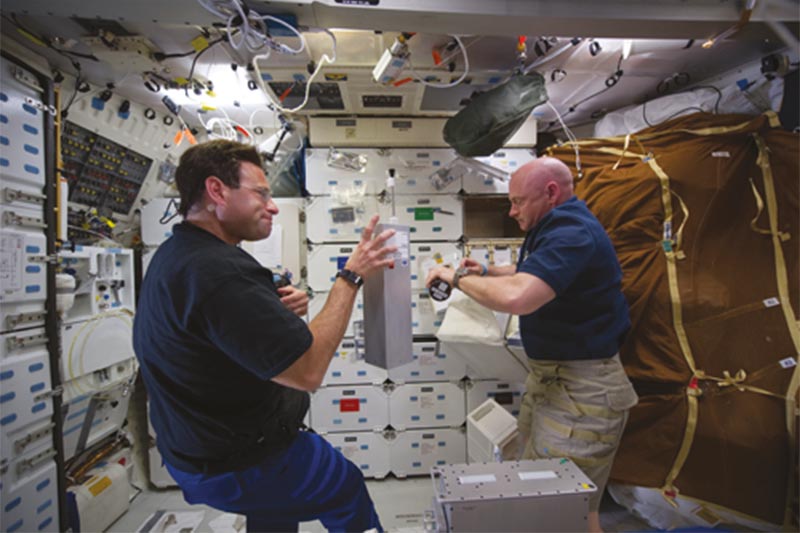
2011
LIFE microorganisms are tested on shuttle Endeavour’s last flight. Later in 2011, the LIFE capsule launched aboard Russia’s Phobos Grunt mission, but a rocket failure led to the spacecraft reentering Earth’s atmosphere and crashing in the Pacific Ocean.
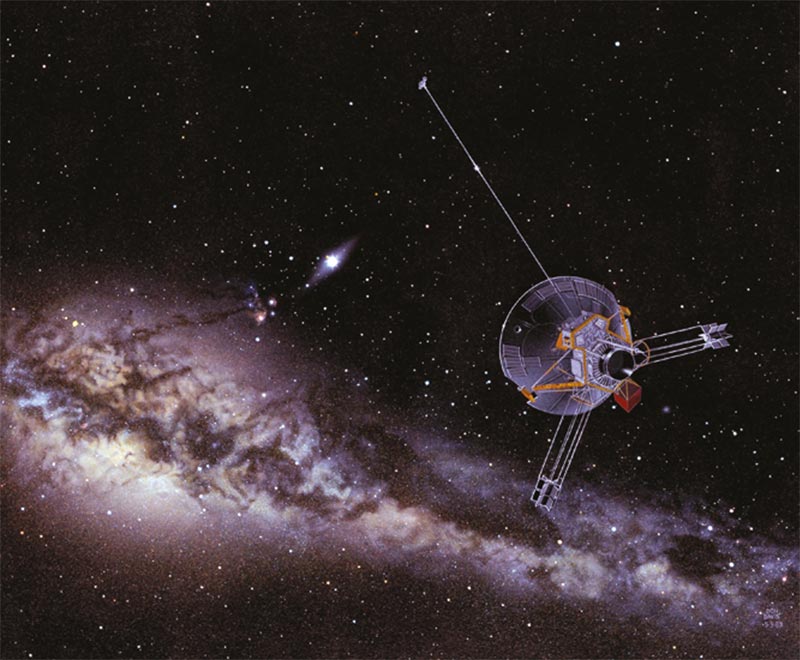
2012
Pioneer Anomaly solved. Thanks to the support of Planetary Society members, scientists solved a solar system mystery that perplexed people for more than 20 years.
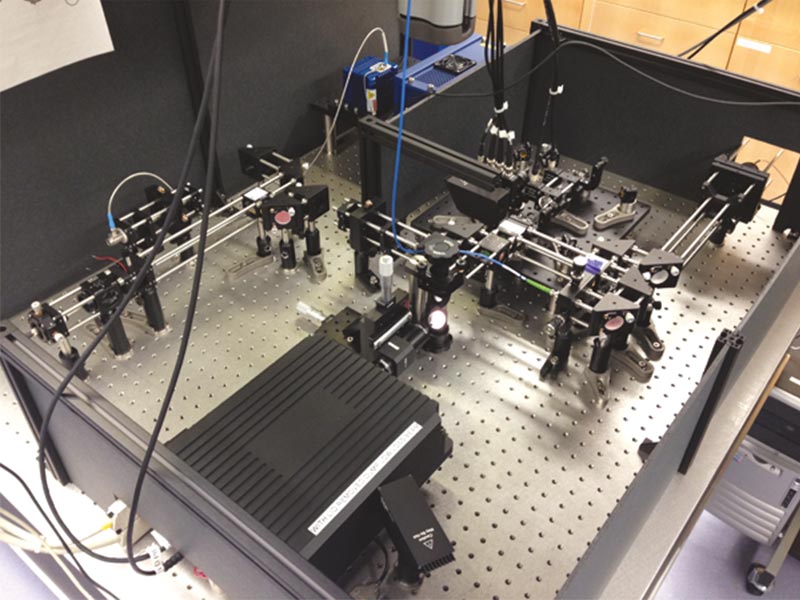
2014
Funding begins for the Exoplanet Laser, a cutting-edge calibration system for telescope spectrographs to help in the search for other worlds.
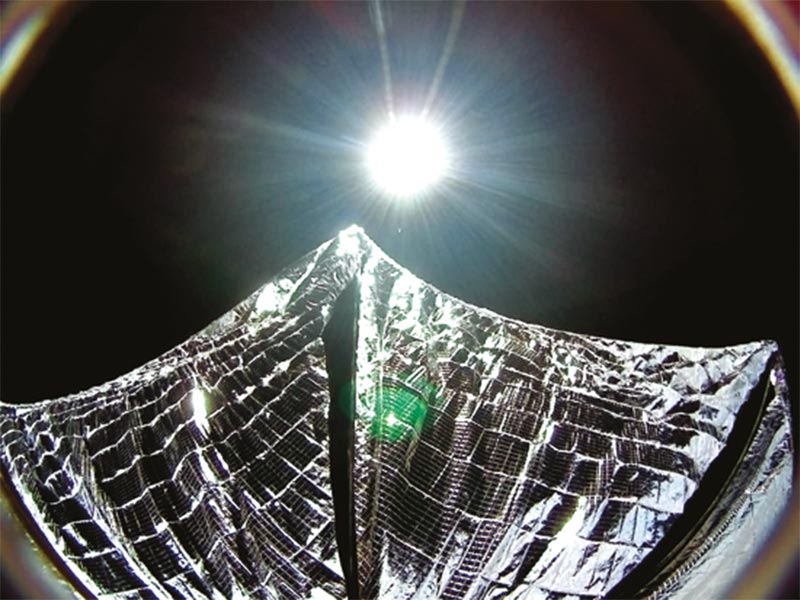
2015
After decades of Planetary Society advocacy, NASA officially commits to a dedicated Europa mission.
New Horizons encounters Pluto after years of advocacy efforts. Planetary Society member names are onboard the spacecraft.
Planetary Deep Drill, an innovative Society-sponsored technology for planetary core sampling, is tested in a gypsum quarry.
The Planetary Society’s solar spacecraft LightSail® 1 completes its successful test flight.
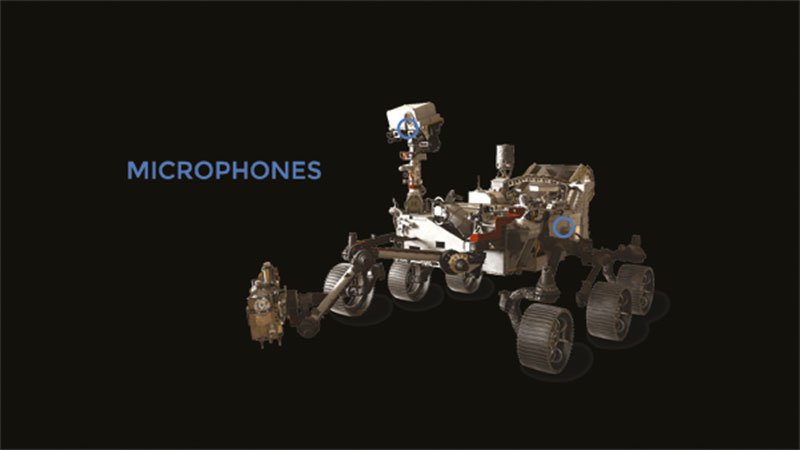
2016
NASA announces that two microphones will fly on the Mars 2020 Rover. The Planetary Society began advocating for, and working on, early Mars microphones beginning in 1996.
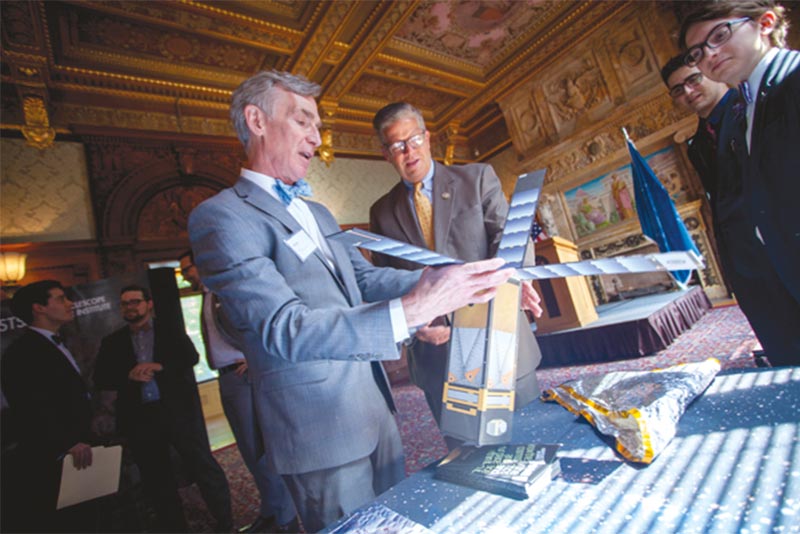
2017
The Society helps form the influential Planetary Science Caucus with members of the 115th Congress of the U.S.
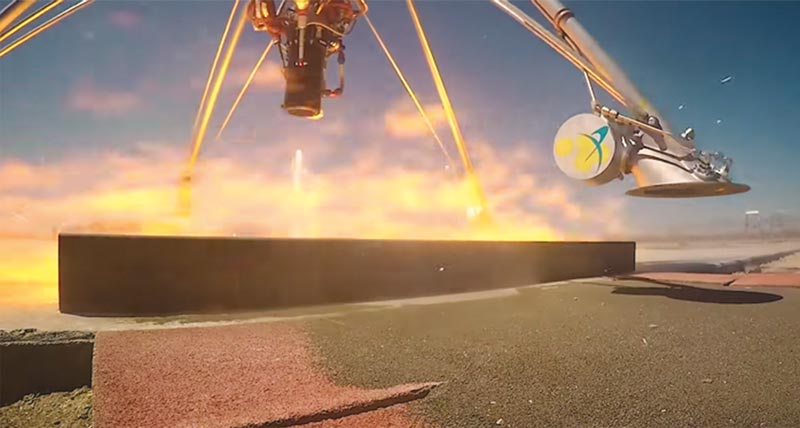
2018
Testing for PlanetVac, an innovative Society-sponsored surface collection method, began in California’s Mojave Desert. NASA has since selected PlanetVac for inclusion on a future lunar mission.
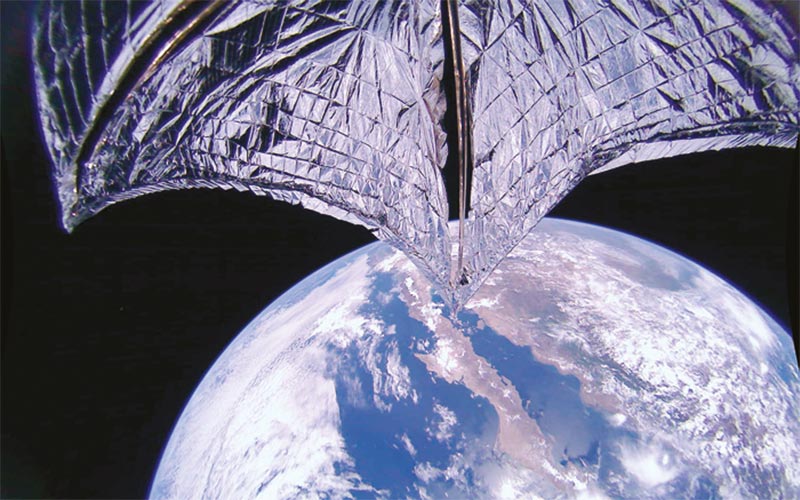
2019
Planetary Society organizes first annual Day of Action, where 100 members from 25 US states met with congressional officials to show their support for space exploration.
LightSail® 2, our greatest shared achievement, is the first small spacecraft to demonstrate solar sailing. The mission, which helps pave the way for future solar sailing, was funded entirely by Planetary Society members and supporters.
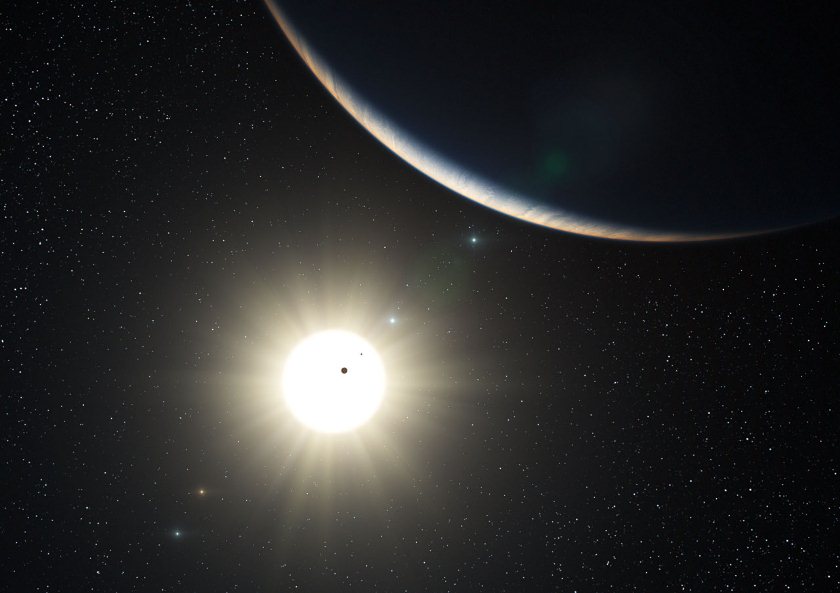
FUTURE
For 40 years, dedicated members like you have been shaping our future in space. Working together, there is no limit to what we can do!


 Explore Worlds
Explore Worlds Find Life
Find Life Defend Earth
Defend Earth

